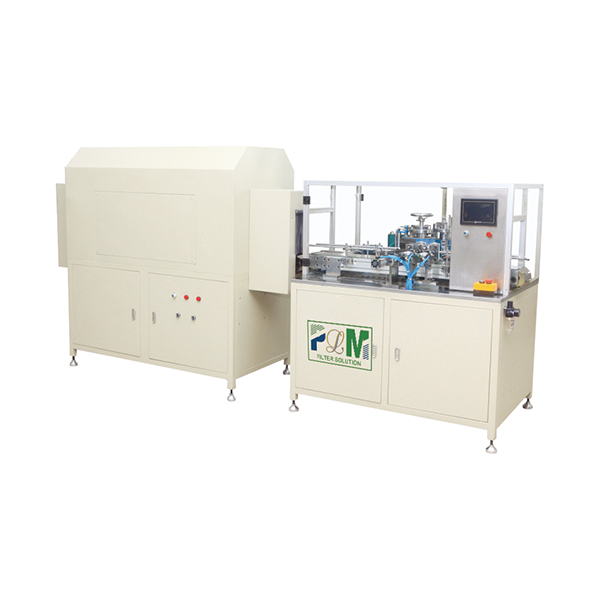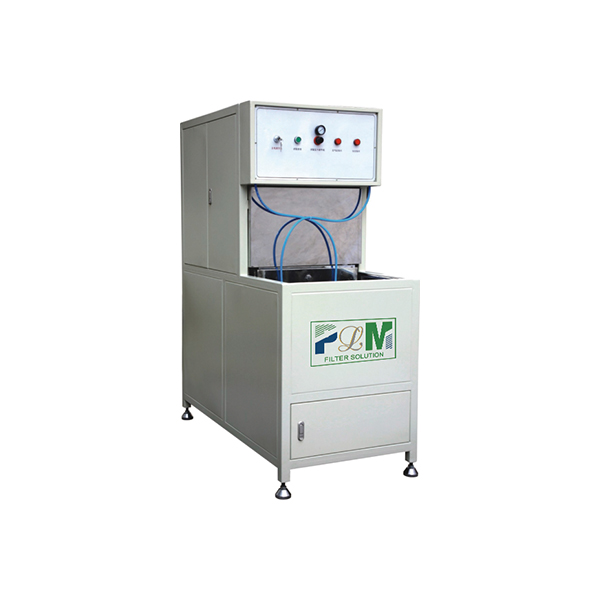Oct . 22, 2025 13:30 Back to list
Orange PU Glue – High-Strength, Quick-Cure, Waterproof
Field Notes on a Workhorse Adhesive for Pleating Lines
A few months back, on a slightly noisy pleating line in Hebei, I watched operators switch to Orange Pu Glue and the tempo just… settled. Less stringing, cleaner folds. To be honest, it surprised me. I’ve tested a lot of hot melts, and real-world consistency is what separates a brochure promise from an all-day production adhesive.

What it is, and where it comes from
The product in question—marketed locally as Pleating Hot Melt Glue 49—ships out of East of Anping County, Hengshui City, Hebei Province, China 053600. It’s a polyurethane-based hot melt designed for filter media pleating (HVAC, automotive, industrial dust collection). Internally, we shorthand it as Orange Pu Glue because, well, it’s orange and PU-based. Simple enough.
Industry trend check
Demand has shifted toward lower-VOC, faster set, and higher heat resistance—especially for compact pleat geometries. Supply chain stability matters as well. In fact, many customers say their top two asks are “no clogs” and “repeatable tack.” It seems that Orange Pu Glue aligns with those asks, especially on mid-speed to high-speed pleaters (≈80–180 m/min).

Key Specifications (typical values)
| Property | Typical Value | Method |
|---|---|---|
| Chemistry | Polyurethane hot melt (reactive-modified) | — |
| Viscosity @ 160°C | ≈4,500–6,500 mPa·s | Brookfield |
| Softening point (Ring & Ball) | ≈95–105°C | ASTM E28 |
| Open time | 10–30 s (real-world use may vary) | Shop method |
| Peel strength on PET | ≥8 N/25 mm | ASTM D903 |
| Tensile shear (steel lap) | ≈1.2–1.6 MPa | ASTM D1002 |
| Color | Orange | Visual |
Process flow I’ve seen work
- Materials: filter paper/PET/PP, aluminum spacers (optional), Orange Pu Glue.
- Prep: substrates dry and dust-free; preheat metal components to around 40–50°C in winter.
- Melter temp: 150–170°C; hose 150–165°C; nozzle 150–160°C (keep deltas tight to reduce char).
- Application: 0.6–1.2 mm beads or controlled spray, depending on pleat depth.
- Pressing: light nip pressure for 1–3 s; full handling strength in ≈30–90 s.
- Testing: peel per ASTM D903, lap shear per ASTM D1002, T-peel per ISO 11339; heat aging 70°C × 168 h.
- Service life: in filters, typically 3–7 years depending on duty cycle and thermal excursions.

Where it fits
Applications: HVAC panel and mini-pleat filters, cabin air/automotive, compressor intake, and some HEPA pre-stack assemblies. Advantages include predictable bead stability, low stringing at speed, and decent heat aging. However, if you’re bonding low-surface-energy films (pure PP without corona), you’ll want surface activation or primer.
Vendor snapshot (my take)
| Vendor | Strengths | Watch-outs |
|---|---|---|
| MFilterSolution (Hebei) | Stable pleating grades, quick lead times in Asia, practical tech support. | Plan ahead for EU/US distribution; verify batch COAs. |
| Regional Brand A | Strong global warehousing, broad portfolio. | Price premium; MOQs can be stiff. |
| Regional Brand B | Good LSE adhesion options; robust documentation. | Lead time variability during peak seasons. |
Customization and compliance
Modifiable parameters include color, viscosity window, open time, and softening point. Typical paperwork: COA, MSDS, and on request RoHS/REACH declarations. Some batches have been screened to UL 94 HB for assemblies, though that’s application-dependent—always test the finished filter.
On-the-floor feedback
Operators report fewer nozzle wipes and cleaner pleat edges. One line supervisor told me, “we shaved five minutes of cleanup per shift.” Not scientific, but it tracks with the reduced stringing profile of Orange Pu Glue.

Quick case note
Mid-size HVAC filter plant, 120 m/min pleater, switched from EVA to Orange Pu Glue. After a one-week trial: bead weight down ≈8%, rejects down ≈1.5%, and no char-related stoppages. They tightened temperature deltas and added weekly hose purges—small process tweaks, big payoff.
Authoritative references
- ASTM D1002: Standard Test Method for Apparent Shear Strength of Single-Lap-Joint Adhesively Bonded Metal Specimens
- ASTM D903: Standard Test Method for Peel or Stripping Strength of Adhesive Bonds
- ISO 11339: T-peel test for flexible-to-flexible bonded assemblies
- ECHA REACH Regulation
- EU RoHS Directive for hazardous substances
Comprehensive Guide to Filter Caps: Applications, Benefits & Future Trends
NewsNov.24,2025Filter Paper: Essential Guide for Industry and Global Applications
NewsNov.23,2025Essential Guide to Filter Materials: Types, Applications, and Future Trends
NewsNov.22,2025Efficient Long Pulse Dust Collector Pleated Filters for Superior Industrial Air Quality
NewsNov.22,2025Professional Air Filter Making Machine – Efficient Air Filtration Production Solutions
NewsNov.21,2025PLAB-6 A/B Glue System-Hebei Filter Man|Precision&Adjustable Speed
NewsNov.21,2025






